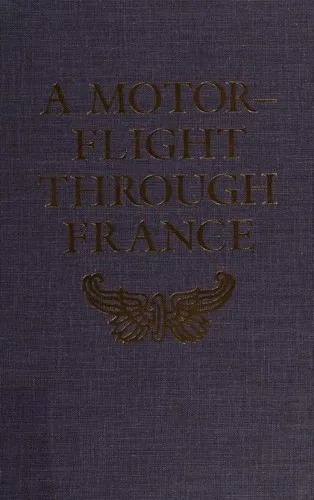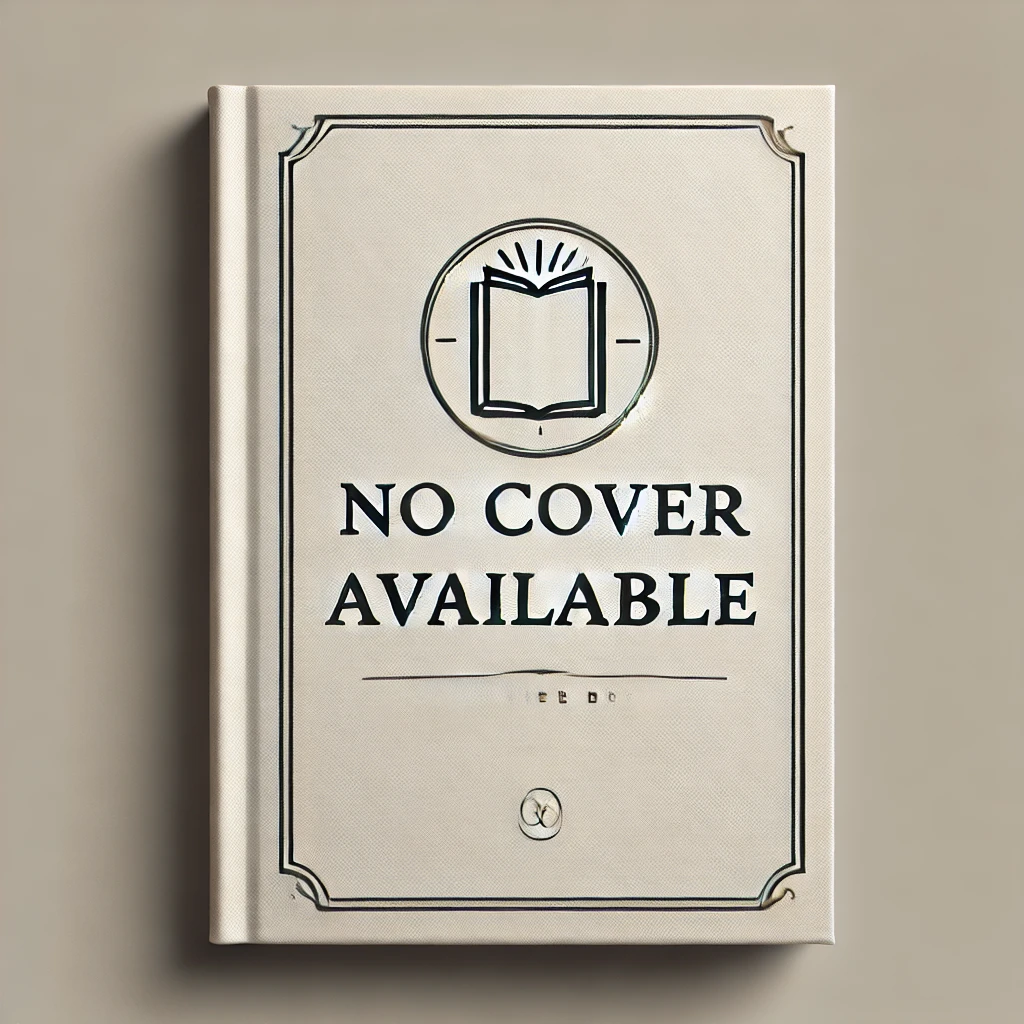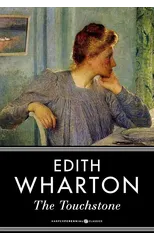In 1906 Edith Wharton took a two-week tour through France, traveling by automobile: a recently purchased, chauffeur-driven, 24-horsepower secondhand Panhard. Starting at Boulogne-sur-Mer, her itinerary took in the cathedral towns of Amiens, Beauvais and Rouen; then Fontainebleau, Orléans, Tours, Châteauroux and Clermont-Ferrand; and finally Paris via Bourges -- a flying tour by even today's standards. She was accompanied by her husband, Teddy; brother Harry; and Harry's girlfriend, Nicette. Born Edith Newbold Jones during the Civil War into a wealthy, socially prominent New York family (the Joneses were said to be the ones to keep up with), she was forty-four at the time of the tour, and had traveled in Europe extensively with her family from an early age. France was rapidly becoming her adopted country. Although she had written stories from childhood, her first novel was not published until 1902, followed three years later by The House of Mirth, the first critical and commercial success for the magnificent writer who, two decades later, would be the first woman to win the Pulitzer Prize for literature. The 1906 tour, together with further exploration the following year, was the basis for a series of articles in the Atlantic Monthly, collected and published in her 1908 book, A Motor-Flight Through France.
Edith Wharton
Edith Wharton was an American novelist known for her Pulitzer Prize-winning novel "The Age of Innocence." Her literary style was characterized by her detailed depiction of high society and exploration of societal norms. Wharton's contributions to literature include her insightful critiques of the upper class and exploration of human emotions.






